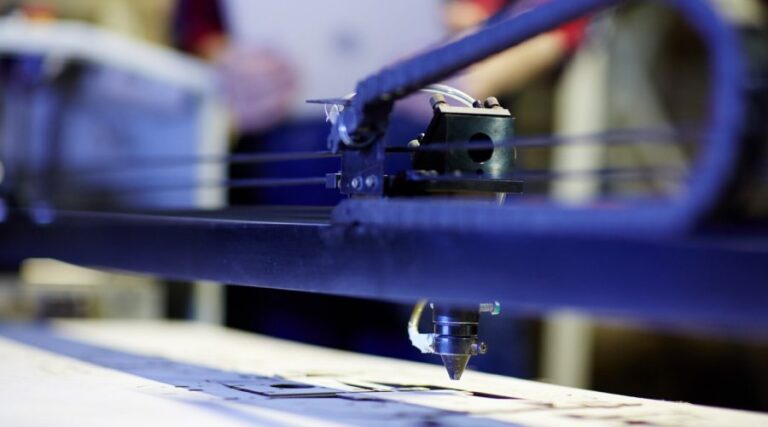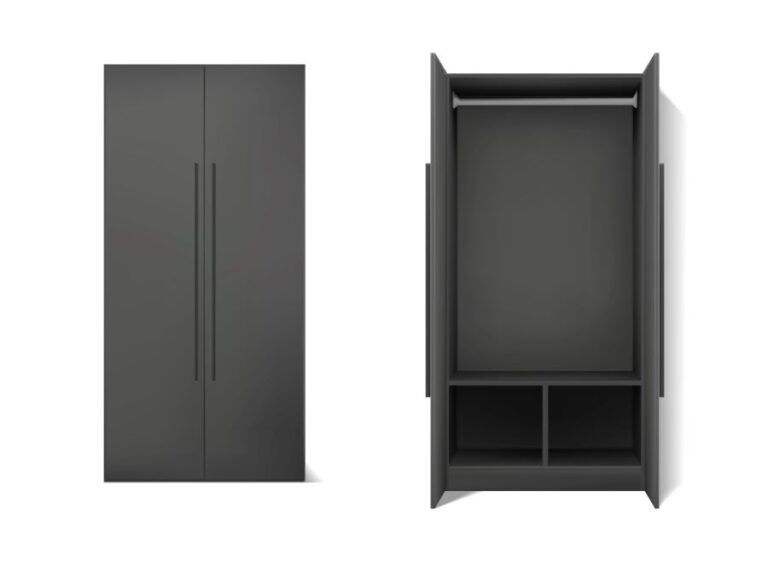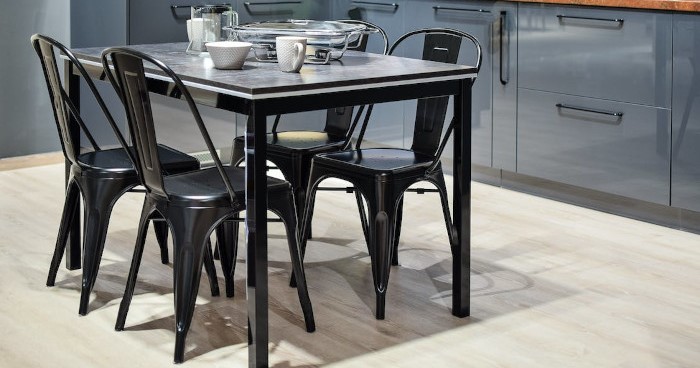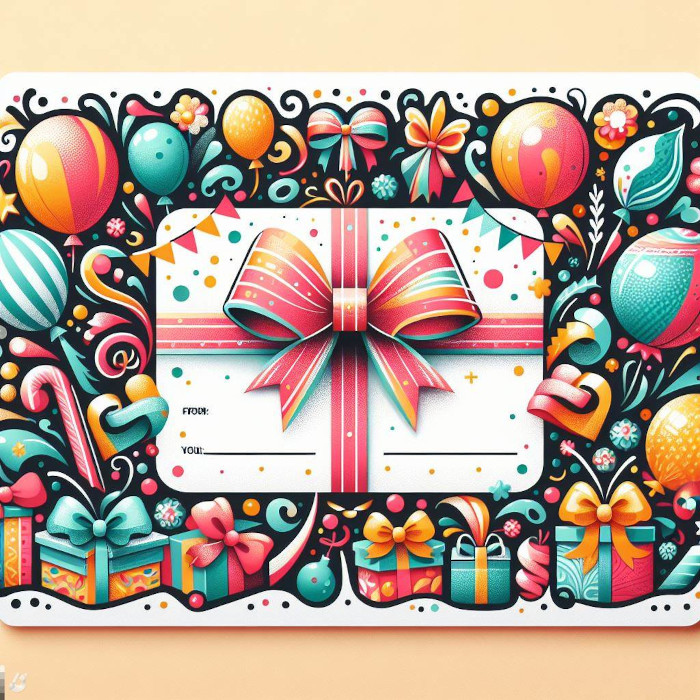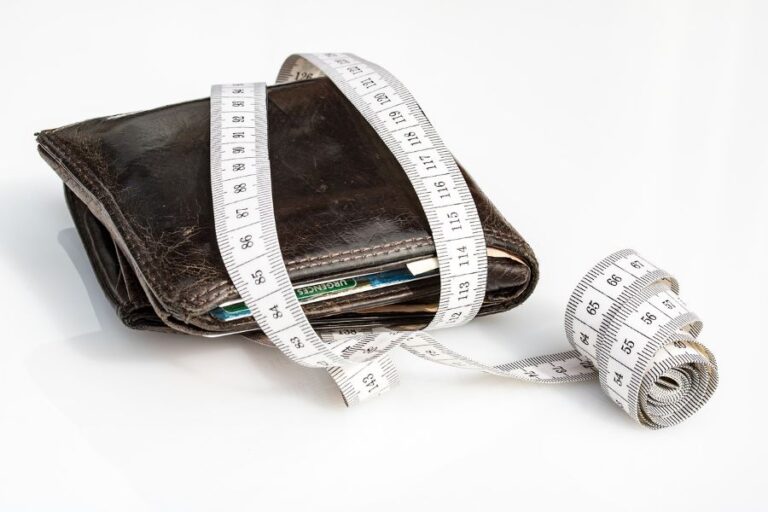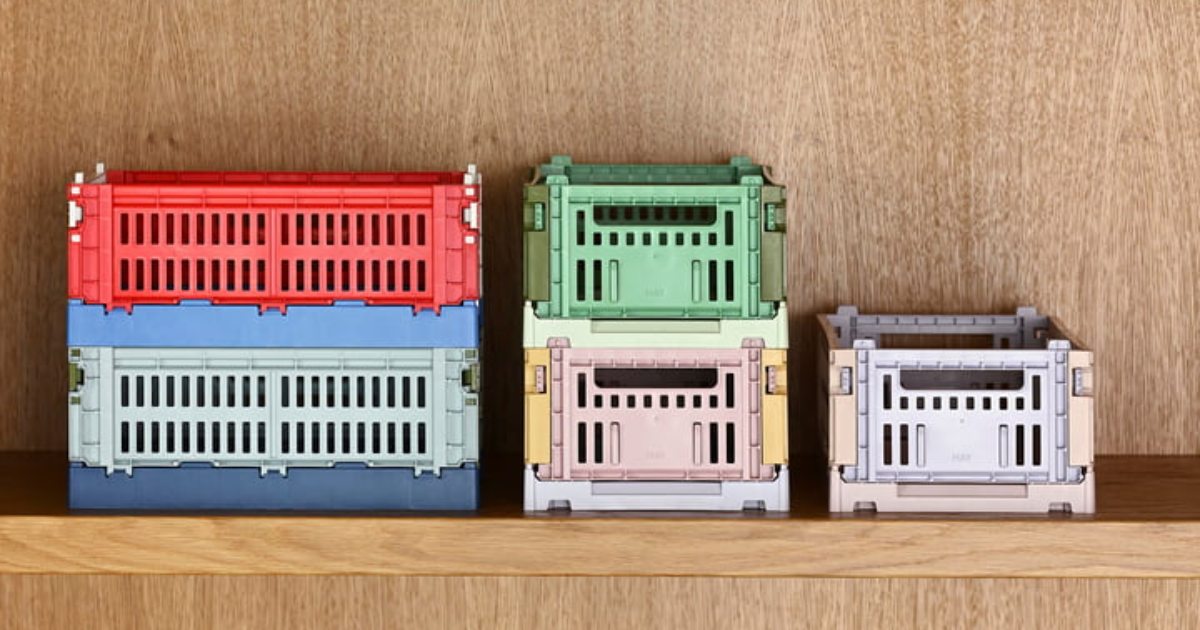Today, we will look at an issue on the minds of many fashion enthusiasts. Which earrings should you choose from – gold or silver?
Whether you’re accessorizing for a day at the office, an evening out, or a special occasion, choosing between gold and silver earrings can make a big difference to your overall look. This article is perfect for anyone looking to add a touch of elegance to their style or simply curious about the benefits and considerations of each metal type.

Understanding your options – gold or silver
Before we get into the specifics of gold and silver earrings, let’s understand why this decision is crucial for your wardrobe.
Gold earrings
Gold earrings are timeless objects cherished through the ages. They give a warm glow and can be both classically designed and contemporary.
Why choose gold earrings:
- Durability and care: Gold is known for its long-lasting durability but needs regular care to maintain its shine.
- Price range: Gold earrings can vary greatly depending on their weight, design, and the karat of gold used. Prices usually start at around €50 for a simple design in 14-carat gold and can go up to thousands for complex designs with precious stones.
- Style and versatility: Gold earrings can perfectly complement warm skin tones and add a luxurious touch to any outfit.
Silver earrings
Silver earrings are famous for their pretty and versatile look. They can suit various occasions and styles, from casual to formal.
More information about silver earrings:
- Durability and care: Silver is softer than gold and is at risk of tarnishing, so it needs careful care to maintain its shine.
- Price range: Silver earrings are generally more affordable than gold, with prices starting from €20 for simple models. Designer and intricate pieces can be priced higher but are generally more affordable than gold.
- Style and versatility: Silver earrings are ideal for cooler skin tones. They are modern and sophisticated.
Right metal for your skin tone
The secret to choosing earrings that not only look stunning but also enhance your natural beauty lies in understanding the relationship between the color of the metal and the color of your skin. Below, take a look at the criteria that will help you make the perfect choice:
Understanding skin tones:
- Warm skin tones: If your veins look greenish, you can quickly, and gold jewelry complements your skin. You have a warm skin tone. People with warm skin tones often have golden, peach, or yellow skin tones.
- Calm skin tone: If your veins look bluish, you burn when you sunbathe, and silver jewelry brightens your complexion, you probably have a quiet skin tone. Pink, red, or bluish skin tones characterize cool skin tones.
- Neutral skin tones: If your vein color is difficult to determine, you have a mix of both, or if both gold and silver jewelry seem to suit you equally, you may have a neutral skin tone. Neutral tones are a balance of warm and cool tones.
Matching metals with skin tones:
- Gold earrings for warm skin tones. Gold earrings are natural for those with warm skin tones. The yellow tones of the metal harmonize with your warm skin tones, creating a glow that radiates from within. Whether you choose yellow gold, rose gold, or richer shades, gold will enhance the warmth of your complexion.
- Silver earrings for cool skin tones. Silver, white gold, and platinum earrings are ideal for people with cool skin tones. The bright white metals reflect light beautifully on the face, enhancing the natural glow of cool-toned skin and making it look more vibrant and alive.
- A versatile choice for neutral skin tones. If you have a neutral skin tone, you’re in luck. Both gold and silver piercings will look fantastic on you. This gives you the freedom to experiment with different metals and colors depending on your outfit, mood, or occasion.

Matching earrings to your outfit
The right piercing can enhance any outfit. Here’s how to match the metal of your earrings in your wardrobe:
- Formal wear: Gold earrings can add a touch of elegance to a formal or evening outfit. Silver earrings can also add a sophisticated touch, especially when paired with diamonds or crystals.
- Casual: Silver earrings are usually more versatile for casual outfits, while gold can add an element of luxury to even the simplest of outfits.
Where to shop and what to look for?
Consider both online and in-person stores when preparing to buy piercings. Look for trustworthy sellers with positive reviews and transparent prices. Here are some tips on how to make your purchase:
- Quality marks: Check for markings indicating the purity of the metal.
- Design and craftsmanship: Pay attention to the quality of the craftsmanship, significantly if you are investing in a product with intricate details.
- Return policy: Always check the seller’s return policy and warranty to ensure you can return the product if it does not meet your expectations.
Embracing personal style and confidence
Whether you prefer the elegance of gold or silver, your choice of earrings can make a big difference to your style and confidence. When choosing earrings, consider your skin tone, occasion, and style. By selecting the right pair of earrings, you can give your look the perfect finishing touch.
Whether gold or silver, each piece of jewelry tells a story and adds a unique layer to your personal style narrative. Explore, experiment, and express yourself with confidence.
Check out these articles:


